Are you struggling with debt? Is your state one of the hardest hit? Here are 15 states where people are dealing with the highest levels of debt, making it tough to stay afloat.
15. Illinois
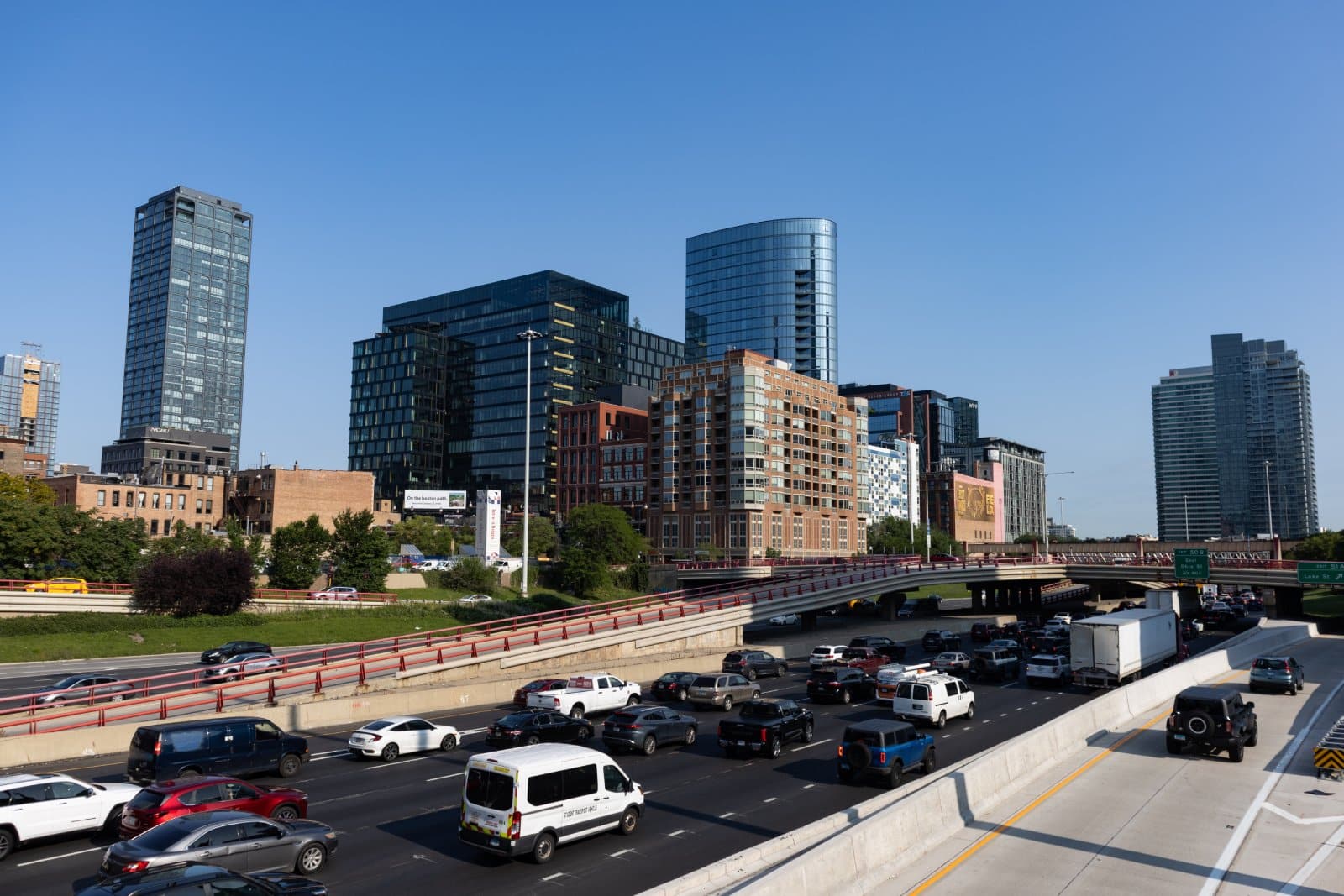
Illinois residents face a debt-to-income ratio of 1.63. High taxes, housing costs, and living expenses contribute to the state’s significant debt levels. On average, households owe $52,000 in debt, which is hard to manage with median incomes stagnating.
14. New Jersey

New Jersey’s debt-to-income ratio is 1.65. High property taxes and living costs make it difficult for residents to stay out of debt. The average household debt is around $58,000, making it a financial struggle for many families.
13. Massachusetts

Massachusetts has a debt-to-income ratio of 1.67. High housing costs, especially in the Boston area, and expensive healthcare services strain household budgets. The average household debt is $61,000, causing significant financial stress.
12. Virginia
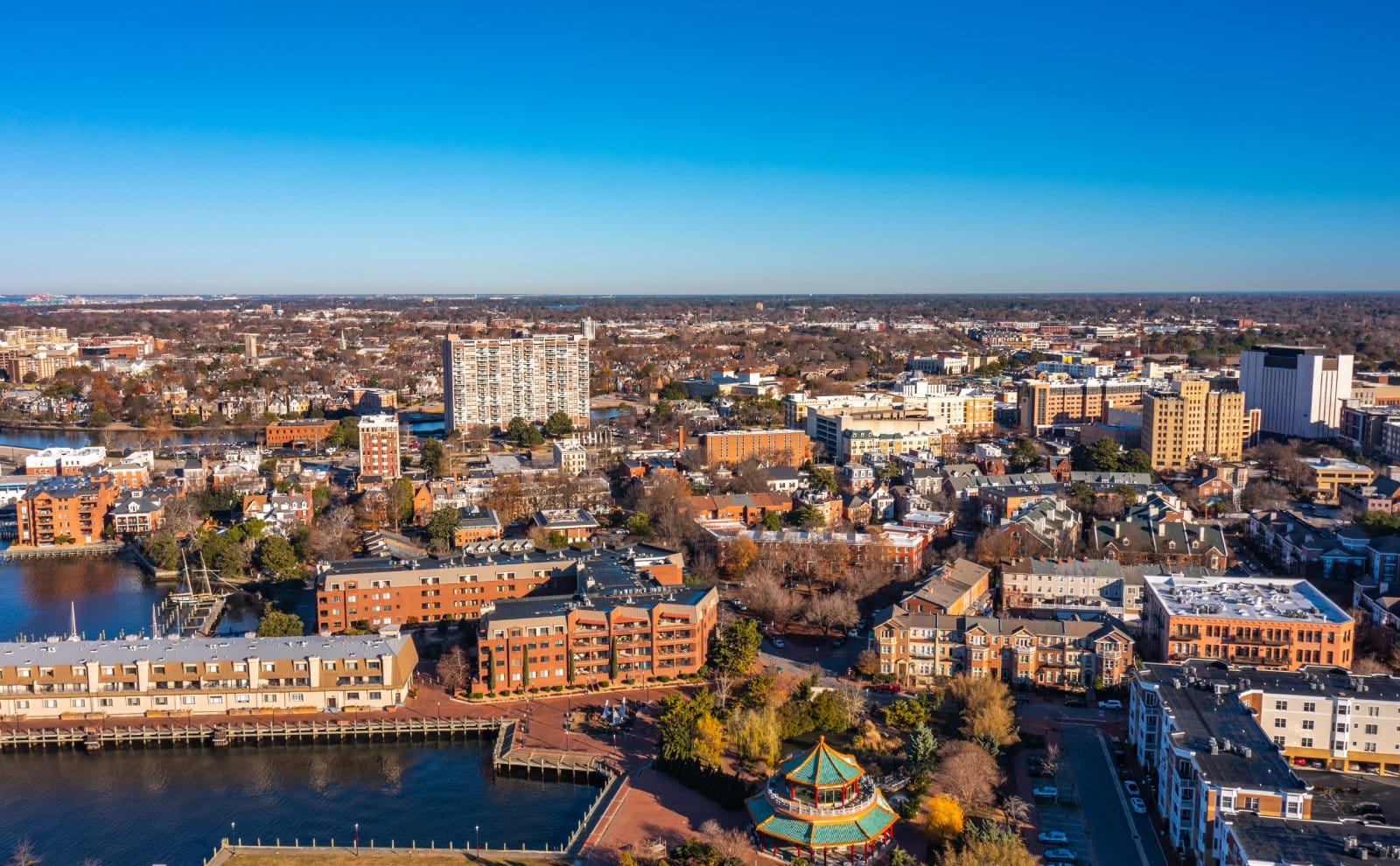
Virginia residents face a debt-to-income ratio of 1.68. The high cost of living in Northern Virginia, driven by its proximity to Washington, D.C., is a major factor. Average household debt stands at $55,000, putting a strain on many families.
11. Maryland
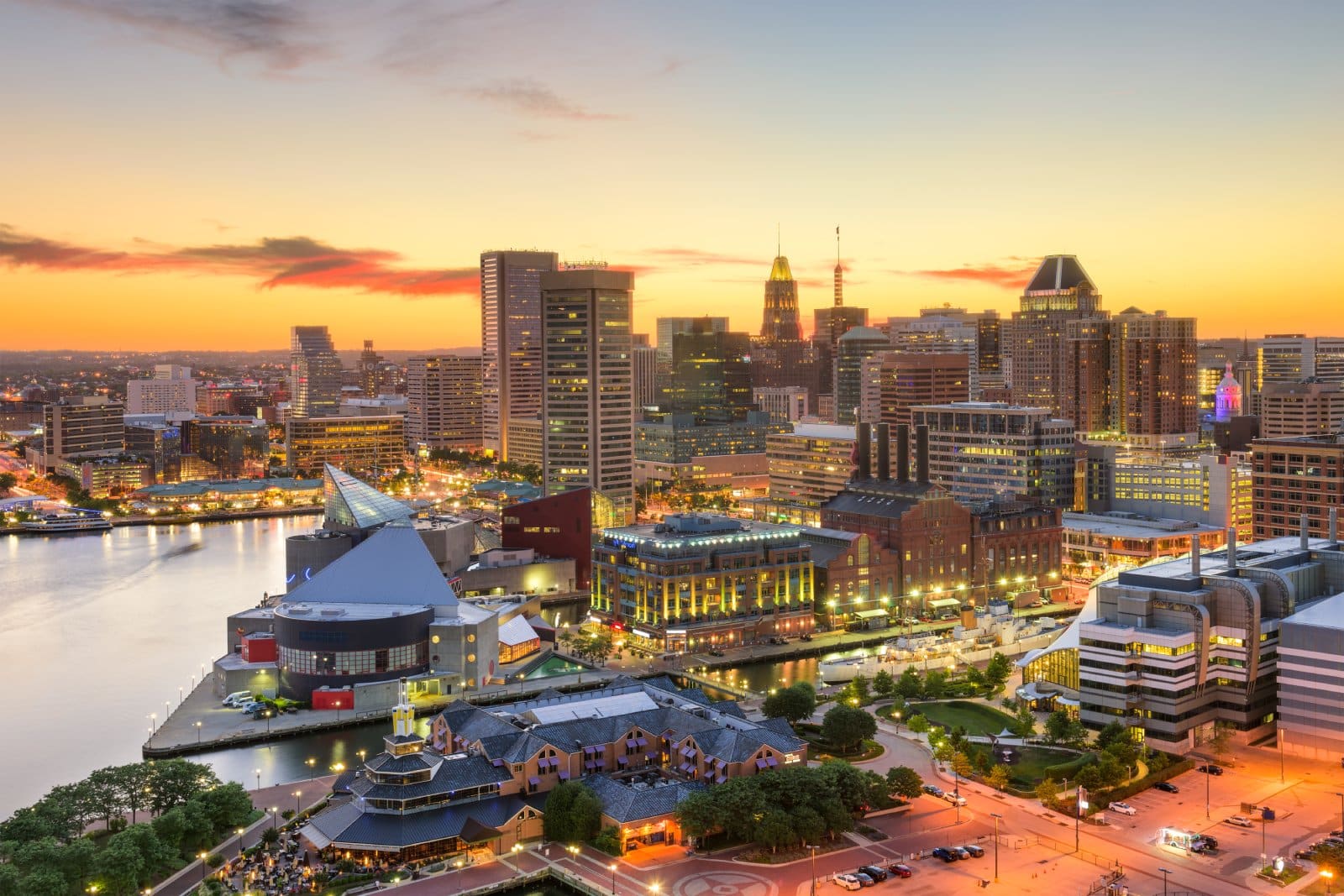
Maryland has a debt-to-income ratio of 1.70. High costs of living, particularly in the Baltimore and Washington, D.C. areas, contribute to the state’s financial stress. Households average about $57,000 in debt, making it difficult to keep up with expenses.
10. Oregon

Oregon’s debt-to-income ratio is 1.72. Rising housing costs and living expenses in cities like Portland make it hard for residents to manage their debt. The average household debt is $54,000, with many struggling to make ends meet.
9. Washington

Washington state has a debt-to-income ratio of 1.73. High housing prices, especially in Seattle, and rising living costs contribute to the state’s debt challenges. Households are dealing with an average debt of $60,000, making financial stability a distant dream.
8. Florida
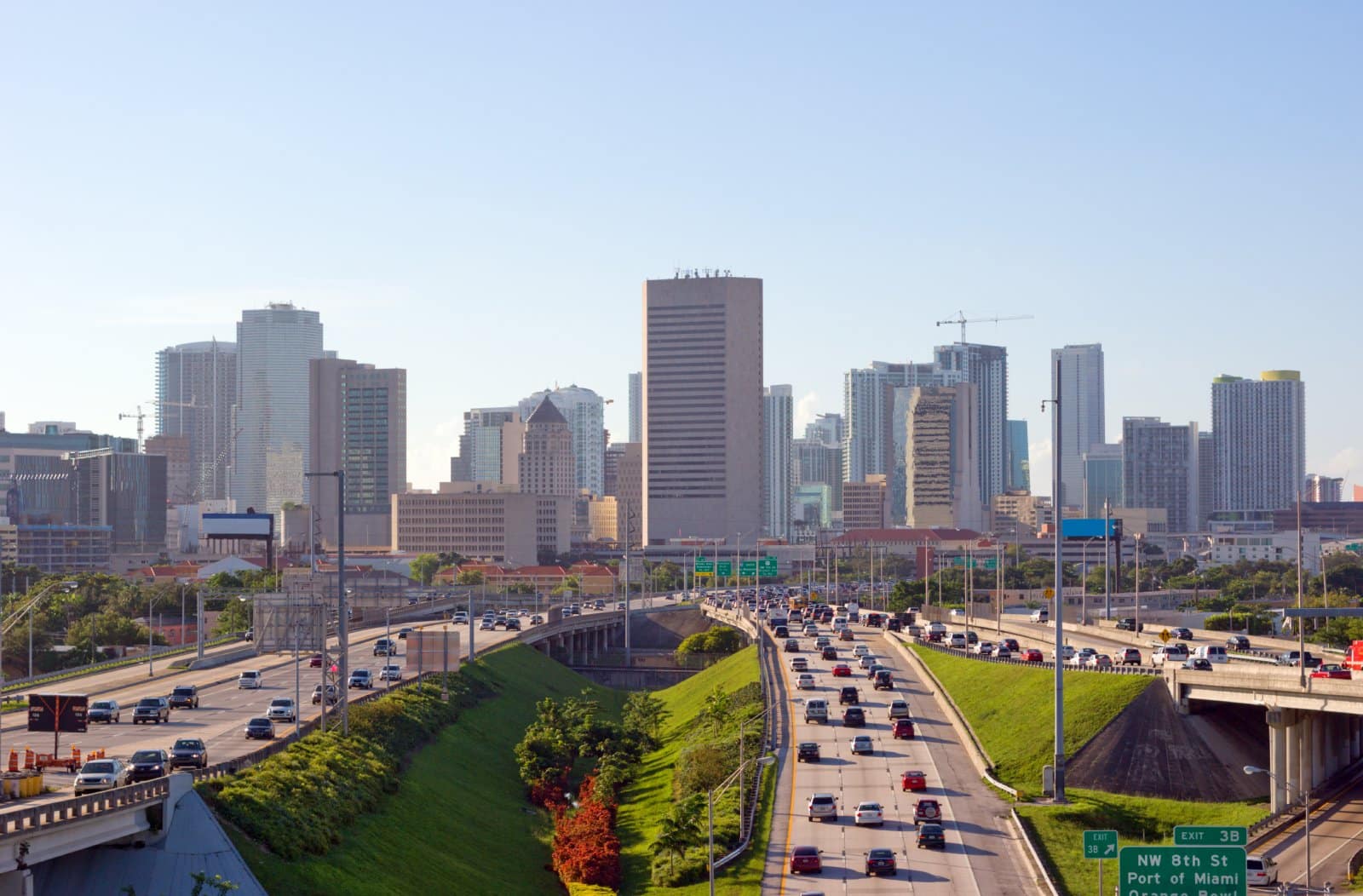
Florida residents face a debt-to-income ratio of 1.74. High housing costs and hurricane-related expenses add to the financial burden on families. The average household debt is around $53,000, leaving many struggling to stay afloat.
7. Texas
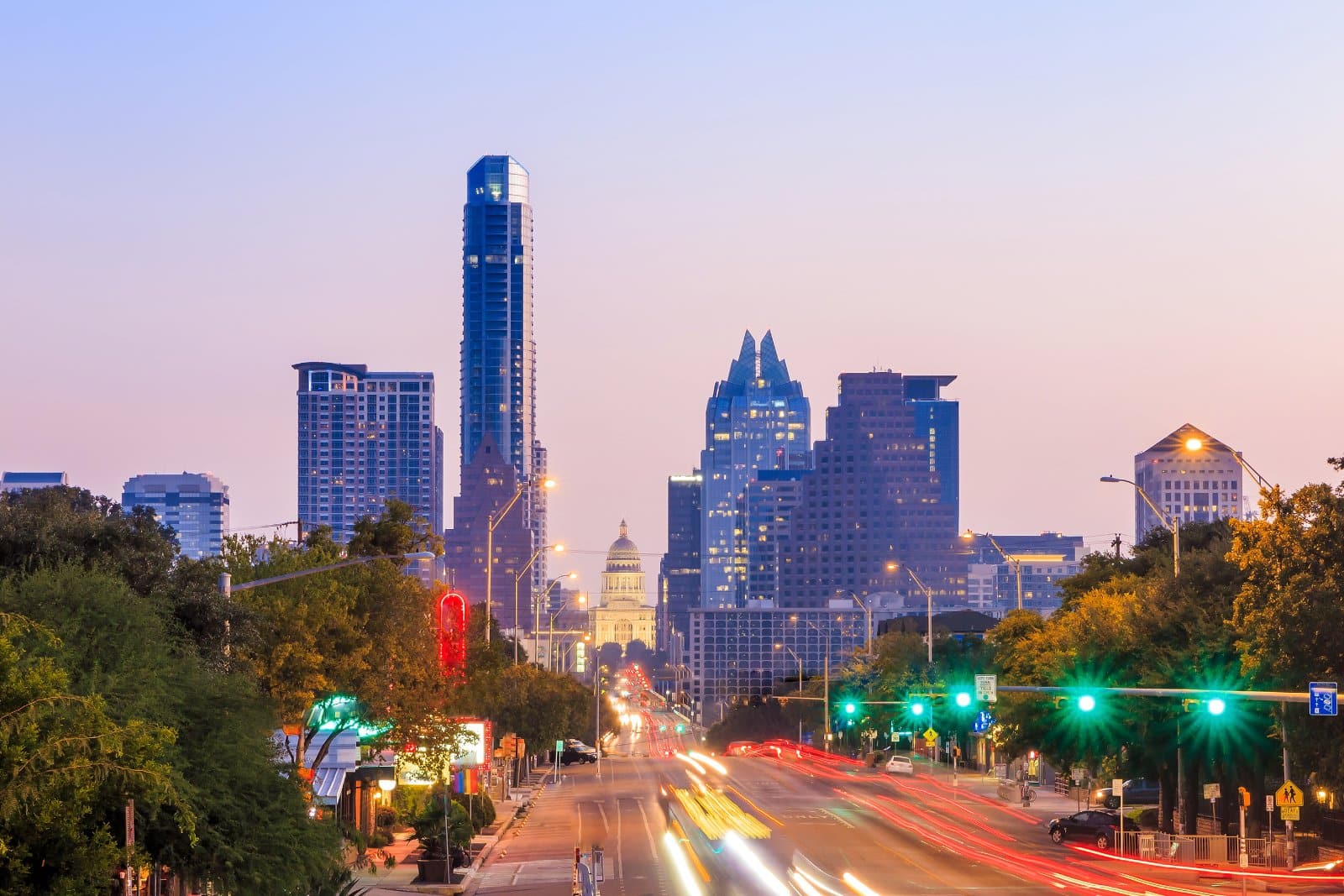
Texas has a debt-to-income ratio of 1.75. The state’s rapid growth has led to rising housing and living costs, making debt a significant issue for many households. On average, residents owe $56,000 in debt, causing widespread financial strain.
6. California
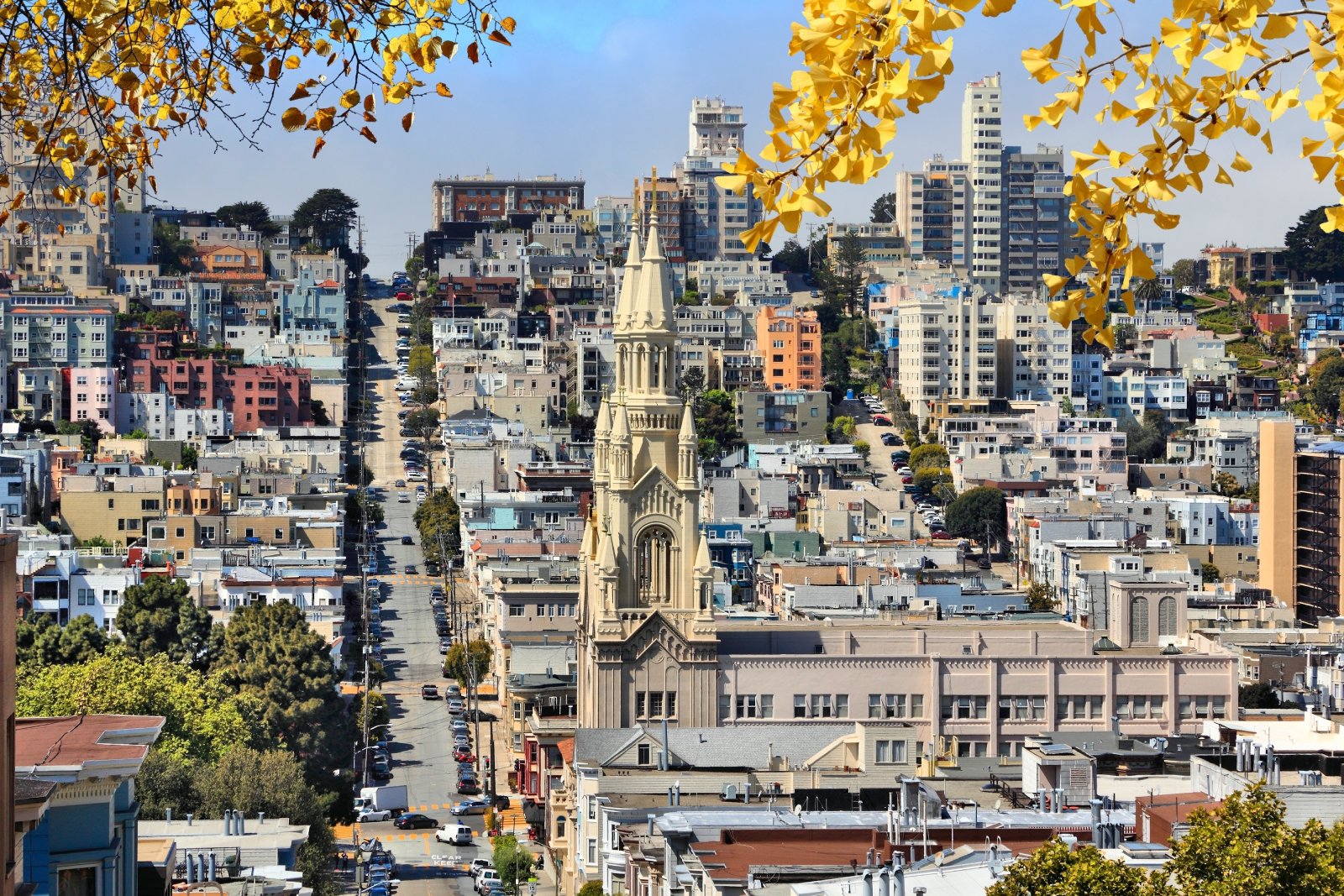
California, with a debt-to-income ratio of 1.76, faces high costs in housing, healthcare, and everyday expenses. Residents in cities like San Francisco and Los Angeles are particularly affected, with the average household debt at $68,000.
5. Nevada

Nevada’s debt-to-income ratio is 1.84. High housing costs and living expenses in cities like Las Vegas are major contributors to the state’s financial woes. Households are dealing with an average debt of $59,000, making it hard to manage finances.
4. Colorado
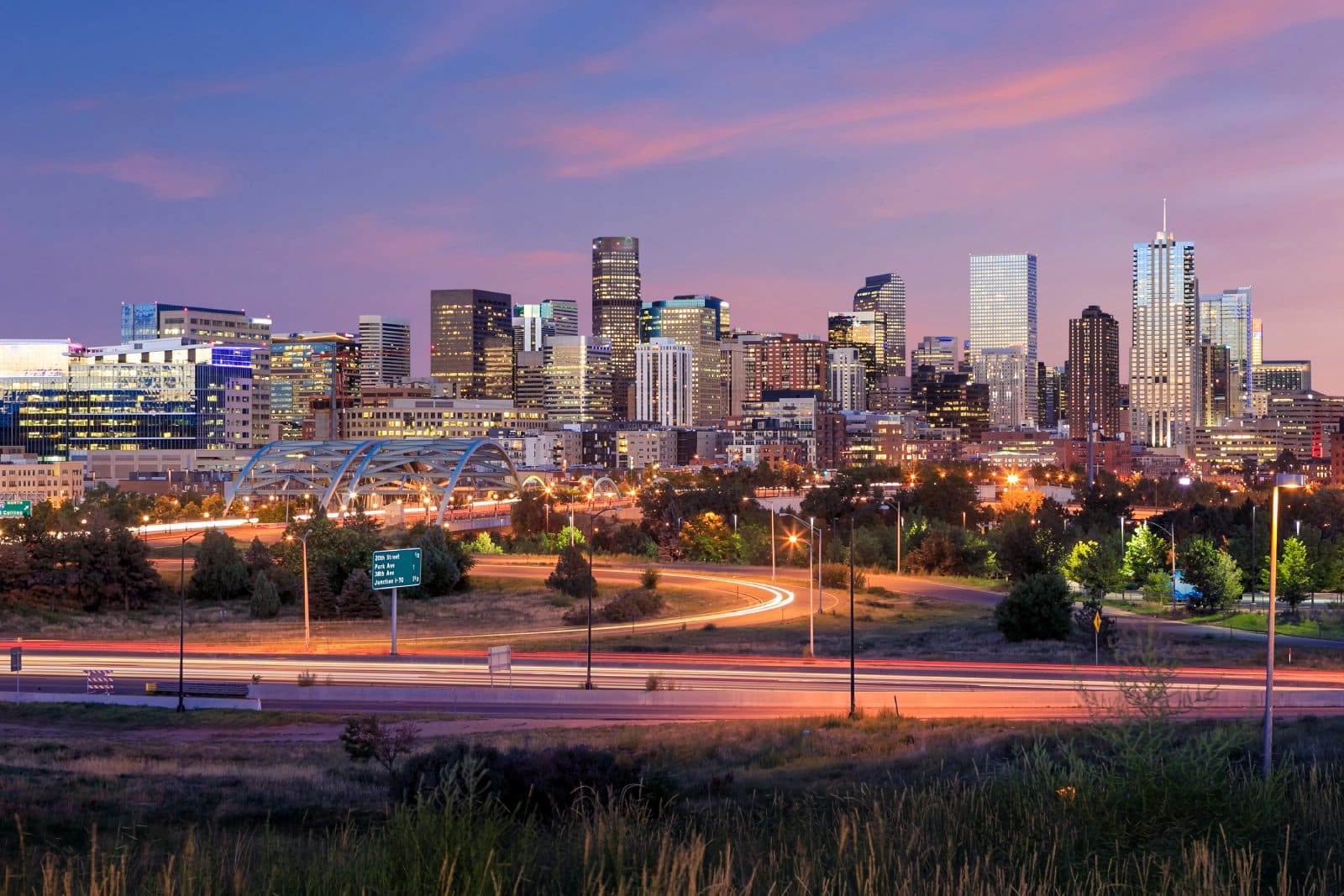
With a debt-to-income ratio of 1.84, Colorado is struggling with high housing costs and living expenses. The booming economy has driven up prices, making it hard for residents to keep up. The average household debt is $63,000.
3. Arizona
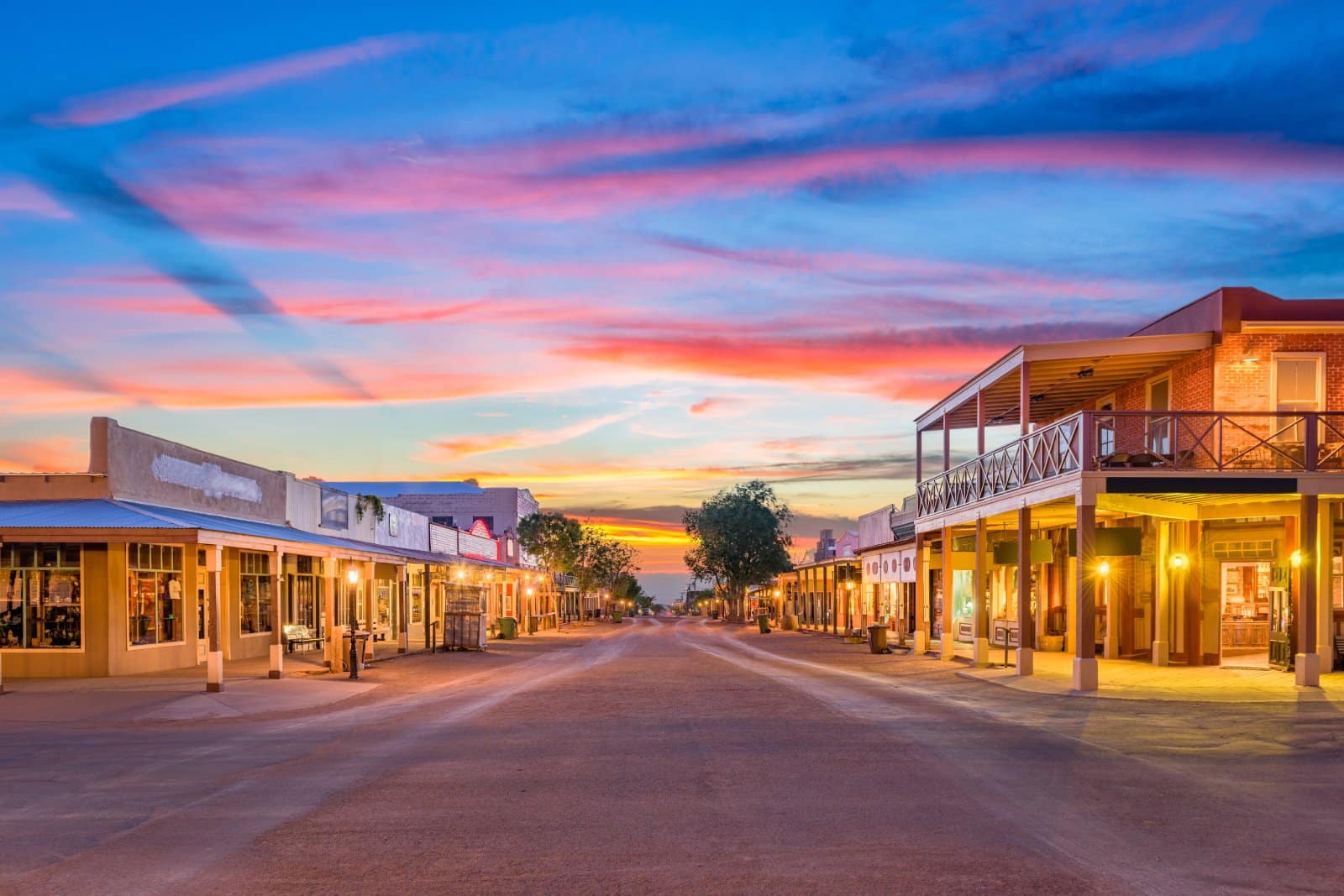
Arizona residents face a debt-to-income ratio of 1.84. The cost of living, especially housing and healthcare, has risen sharply, putting a strain on household budgets. On average, households owe $61,000 in debt.
2. Idaho
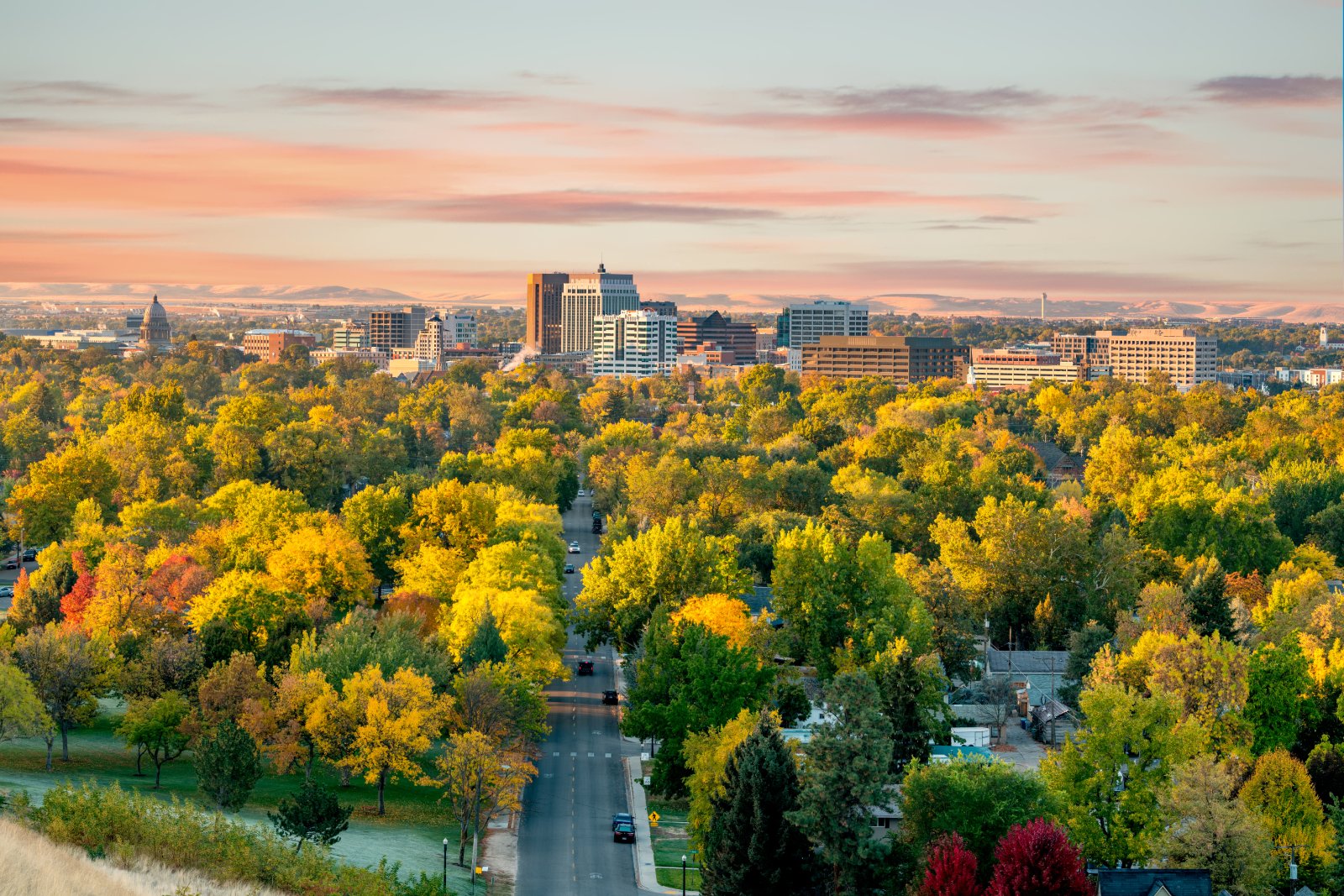
Idaho has a debt-to-income ratio of 2.06, largely due to rising housing costs. The influx of new residents has driven up home prices, leaving many locals financially overextended. Households average $62,000 in debt, making financial stability elusive.
1. Hawaii

Hawaii has the highest debt-to-income ratio in the nation at 2.06. The high cost of living, including expensive housing and utilities, makes it difficult for residents to manage their finances. Many people are struggling with an average household debt of $75,000, making it the most indebted state in the country.
Feeling the Squeeze?

Is your state on this list? High debt levels can make everyday life stressful and challenging. It’s important to stay informed and seek out resources that can help manage and reduce debt. The financial outlook is grim, but knowing where you stand is the first step towards finding a solution.
Remote No More: 19 Companies Returning to the Office

As the pandemic wanes, companies are recalling remote workers back to the office, sparking debates on fairness, costs, and convenience. However, there are also notable productivity, coworking, and mental health benefits to consider. Feeling the effects of these changes? Remote No More: 19 Companies Returning to the Office
8 Costco Must Buys and 8 to Leave Behind

Ever wandered Costco’s aisles, questioning if that giant jar of pickles is a real bargain? Or debated buying tires where you get your rotisserie chicken? Welcome to the definitive guide to Costco shopping—a journey to save money, prevent regrets, and offer quirky insights into bulk buying. 8 Costco Must Buys and 8 to Leave Behind
23 Reasons Texas Is the Next Big Thing
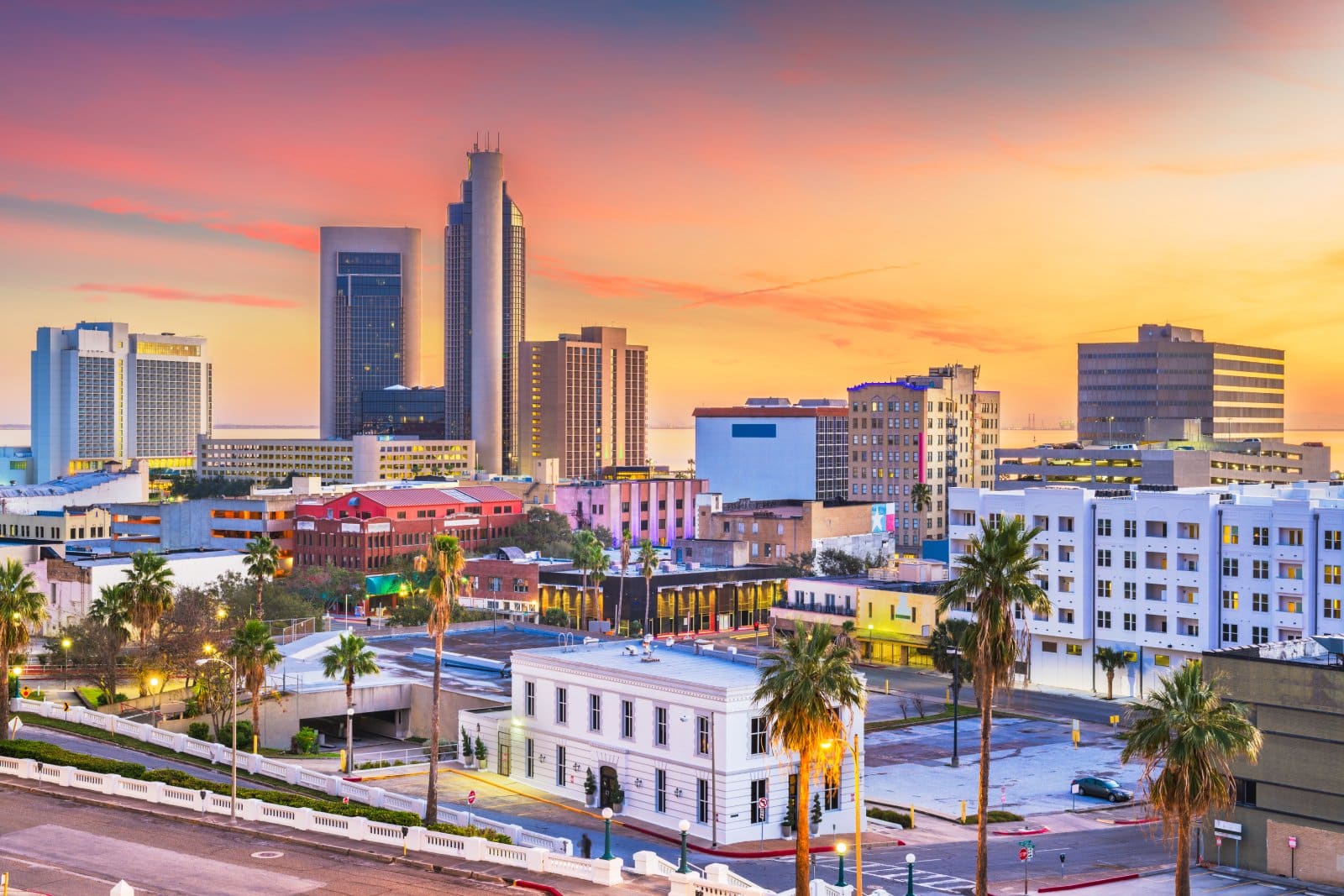
Texas is becoming a beacon of opportunity, blending cultural heritage with economic growth. From its landscapes to its industries, the Lone Star State offers a dynamic lifestyle. Here are 23 reasons why Texas stands out, attracting entrepreneurs, artists, tech professionals, and families seeking new beginnings. 23 Reasons Texas Is the Next Big Thing
Featured Image Credit: Shutterstock / Marcos Mesa Sam Wordley.
The content of this article is for informational purposes only and does not constitute or replace professional financial advice.
For transparency, this content was partly developed with AI assistance and carefully curated by an experienced editor to be informative and ensure accuracy.

